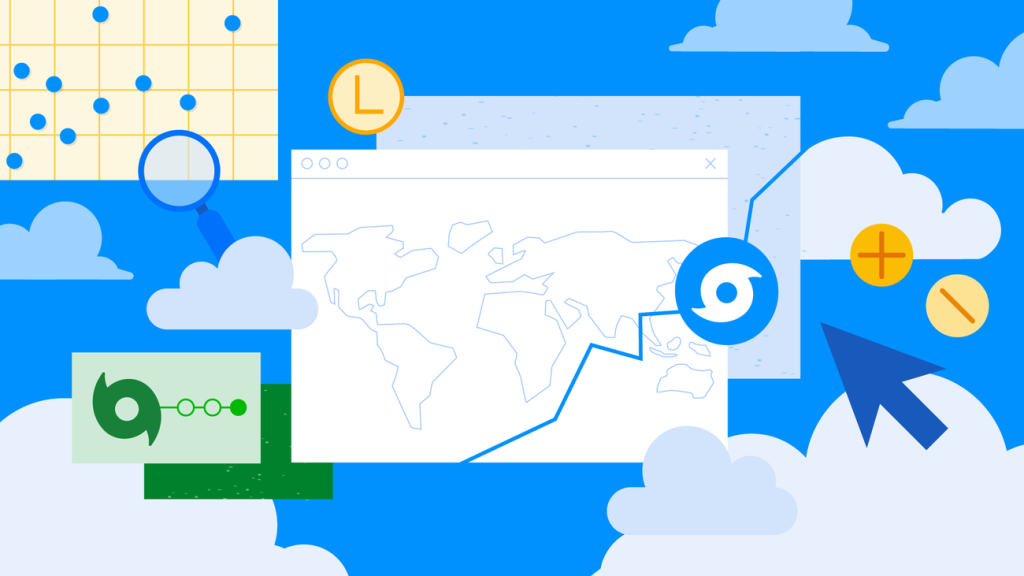Key Points
- Google’s new experimental cyclone model offers improved forecasts for both the path and strength of storms, which is critical for accurate hurricane warnings.
- The model uses a unique training method that combines general weather data with limited cyclone-specific information to make 50 possible storm predictions.
- Unlike older models, this system is built to work fast and handle chaotic weather systems, making it a strong candidate for real-world forecasting tools.
Weather prediction has always been challenging, especially when it comes to powerful storms like hurricanes and cyclones. These natural disasters can cause massive damage, so predicting where they will go and how strong they will be is extremely important. Google’s DeepMind and Google Research teams have been working on new technology to improve these forecasts using artificial intelligence.
In the past, Google developed AI weather models like GenCast, GraphCast, and NeuralGCM. These tools could predict general weather patterns, but they were not great at tracking cyclones. Cyclones are harder to predict because they are rare, fast-changing, and extremely intense. Small changes in data can lead to very different outcomes, which makes them hard for computers to simulate.
To fix this problem, Google built an experimental cyclone model that focuses on storm-specific data. Instead of using the same methods as earlier models, this new system trains on both normal weather information and rare cyclone events. Because cyclones do not happen often and have very strong winds, the model had to be trained differently to learn from limited examples.
The team used a new probabilistic method that adds small random changes during the prediction process. This allows the model to produce up to 50 different possible paths and intensities for a storm in just one step. That’s faster and more flexible than older systems that made predictions one small step at a time.
Early tests show that this model can accurately predict a cyclone’s track, strength, and even its size. This means meteorologists might soon be able to give better warnings and help people prepare more effectively. The system is still in testing, but the results look promising.
This development matters because it could make Google’s forecasting tools more trusted by real-world meteorologists. As climate change leads to stronger storms, having better tools to track them becomes even more urgent.
As this research moves forward, it may lead to better safety systems for communities in storm-prone areas. For average users, this kind of innovation also reflects how AI is becoming a stronger part of everyday tech, from weather apps to emergency response systems. Keeping an eye on how this model develops could help us all stay safer during storm season.
You can also check out our list of the best Gmail Extensions, TikTok Extensions & the best Ai Extensions for Chrome.

